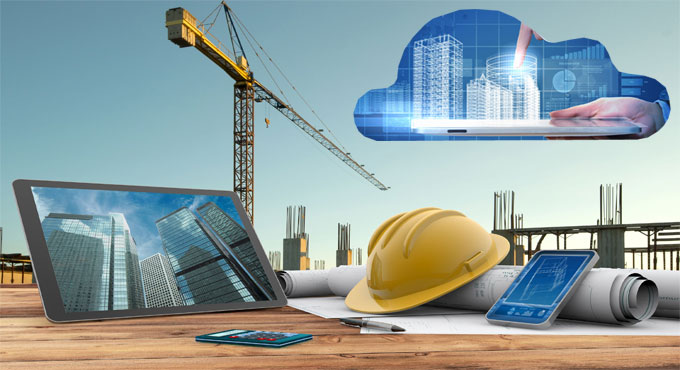
Managing Design Changes from the Field with Cloud technology in Construction Industry

It is seen that in every jobsite, the meantime design changes are behind many project delivery inabilities and this change has been receiving from an architect, a field manger or a project manager that will mark up the official full-size set of paper drawings maintained in the job trailer.
It has been notified that the construction industry has been adapting the technology very much for their future works and hoping to get better results in future by using tech for tech?s sake. There are various currently available individual applications and devices that must be understandable by the project out comers and realize about the working methods of them that could rise the processing of the project.
These processes can supply many of the standalone systems that will dominate the technical base also improve the design and construction process. There are many popular software, technologies and devices which have proven that they are very essential on large-scale building and infrastructure projects. Here is a list of a few technologies that are changing the industry and working in the industry to deliver more connected future:
Mobile Devices and apps: The most popular and adopted among the new technologies are the mobile devices; they have easy using apps, allow the workers to access, document, and share and edit the important project information even from the jobsite. There are also some heavy-duty gadgets that are made for field work in rugged construction, screens are better lit to view in bright daylight or bad weather conditions and any kind of industry specified components. In future, mobile will be dispensing with devices fully where wearable gear may represent a stopping point with augmented reality.
BIM: It is the second wide applied technology and the upgraded versions combine a growing amount of information into the model enabling the connected BIM models to devices in the field where real-time will grow the productivity. It is also useful for increasing team members to have contemporary access to a project BIM model and it needs a required deliverable to the owner and operations team.
Laser Scanning: It gives immense efficiency in as-built conditions; most of the field measurements done with laser scanners that can get every little detail of geometric information in the form of ?point cloud? data. On the other hand, laser scanners are very accurate and useful as they show the actual conditions of a space and analyze potential clashes between stirring conditions and new building elements. The data can be nourished into BIM or CAD files that saves both time and cost.
Drones: They have cameras which are collecting information in difficult locations for humans to access for many years and can capture images which support site assessment and inspections to understand the work progress and as-built conditions. They are also used in monitoring logistics, deliveries and the workforce. It is expected that there will be advanced camera features and lenses to capture clear images, it will also increase communication, and its sensor can be used for monitoring.
GPS Tracking: It has become a benefit for the companies who manage equipment fleet, installing the GPS hardware in the vehicles communicate with a ?home base? through satellite that helps managers to keep track of the vehicles. Future GPS tracking will involve greater interconnection with other systems and Fleet tracking software systems can give instant data about the conditions of field, equipment and provide information into a central dashboard.
3-D printers and robotic constructors: Concrete buildings are made by concrete composites, plastics and other materials; now-a-days Robotic arms are being used in conjunction with 3-D printers for printing different forms. Robots are used for demolition, placing bricks, digging and for lot of other tasks.
Wearable: The construction industry has a lot of possibility for wearable devices like smart glasses and hardhats that can provide visualization, augmented and mixed reality. The visualization tools can provide improvements for accuracy, efficiency and safety and other wearables keep workers motions and movements to give safety, growing productivity and decrease risk.
Besides all the above things, the building material suppliers are powering the IoT for quality control, delivery and forecasting; though in future, it is assuming that big data will become a fabric uniting and transforming other technologies. All of this will happen as cloud-based software has become as a service generating data patterns as a byproduct from the main tasks; these byproducts are called data exhaust that will use to improve construction activities from supply chains to safety.


